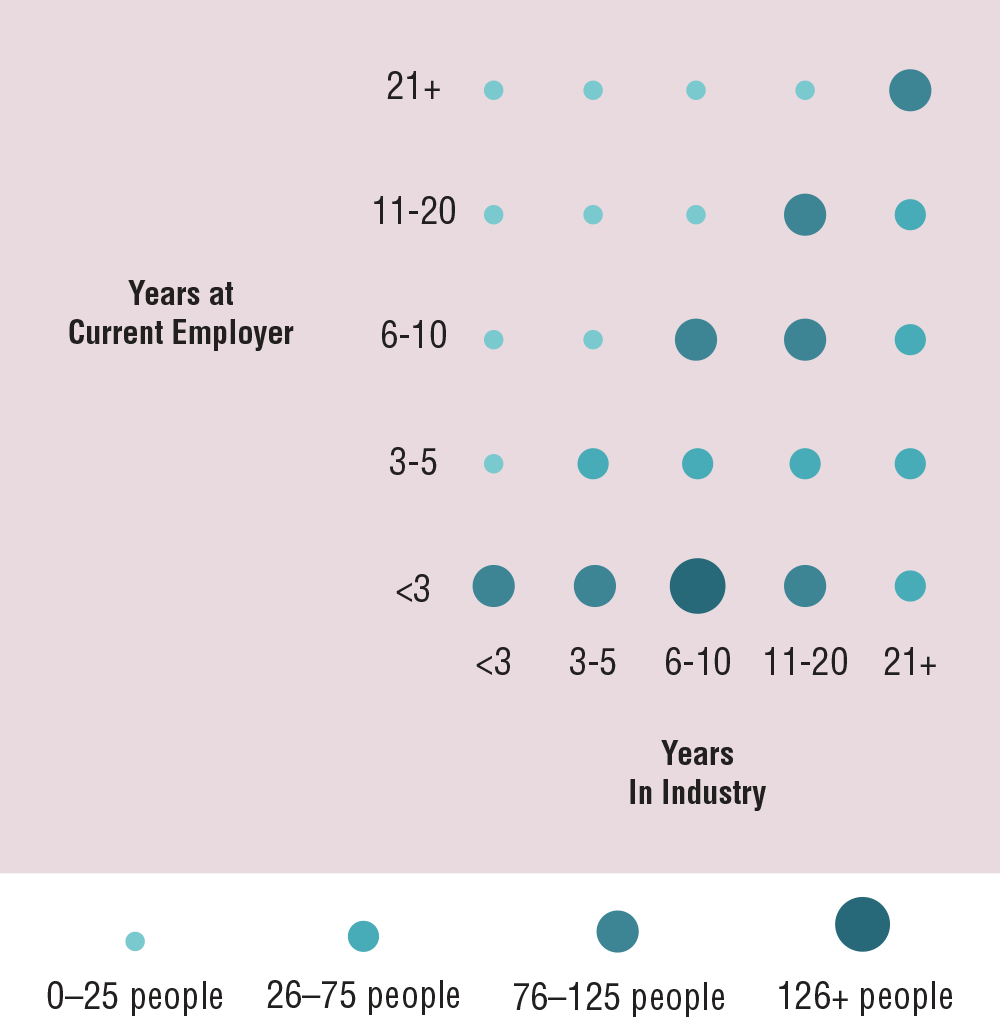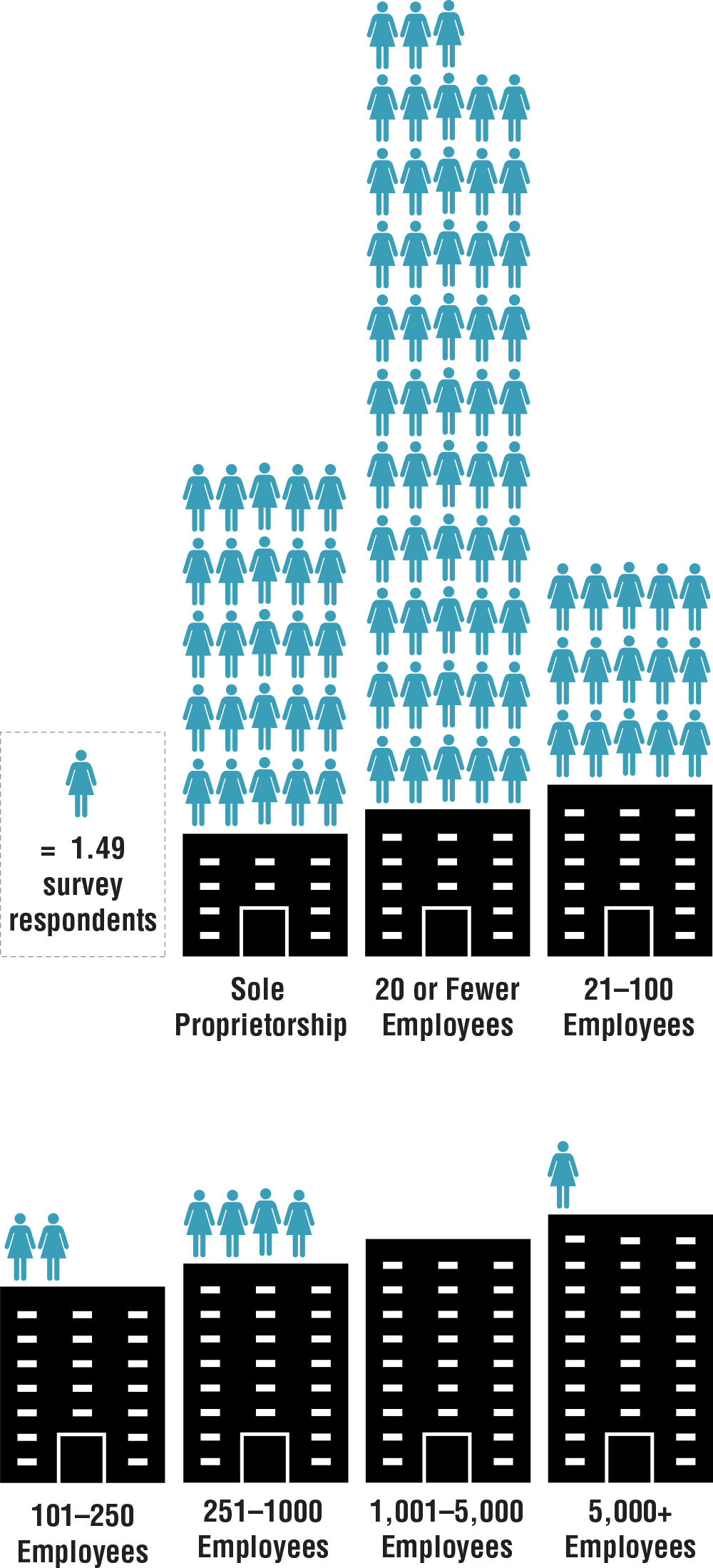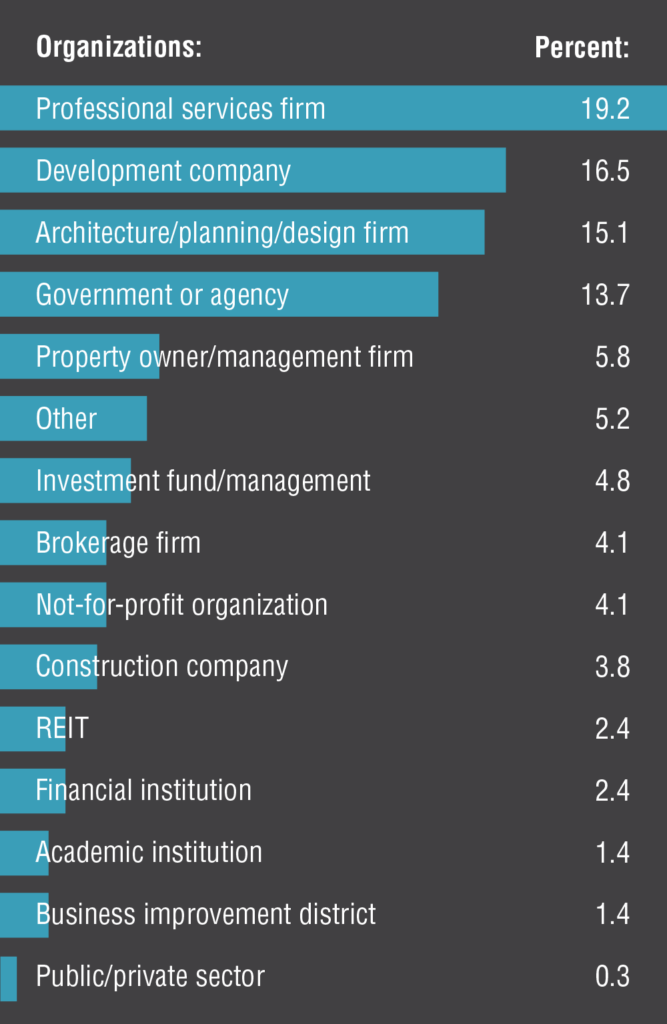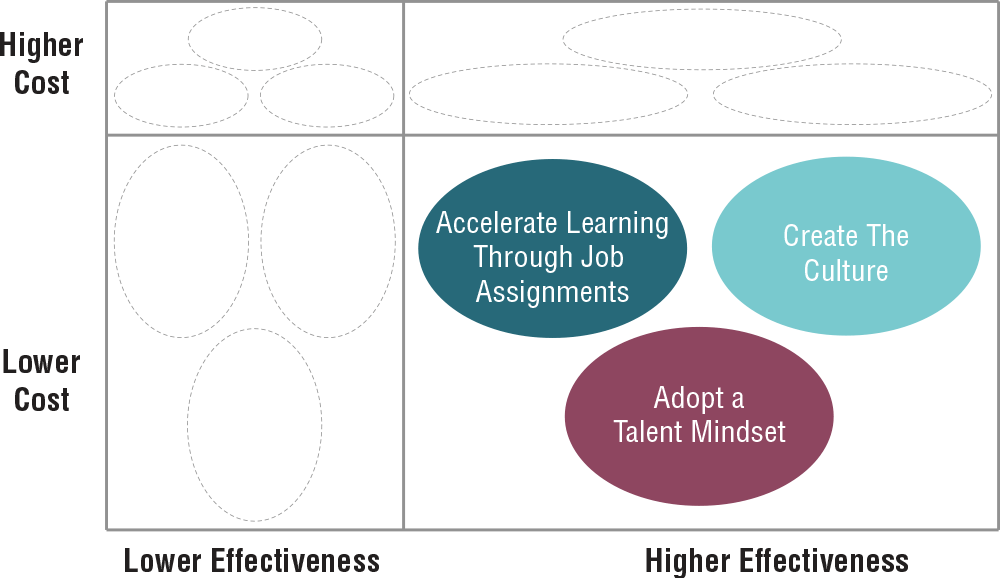U.S. Executive Summary
USThe ULI Women’s Leadership Initiative (WLI) has examined the current state of women in the real estate and land use field and identifies the most important actions organizations can take to promote more women to positions of greater seniority and visibility.
Most existing research published about women in leadership roles is based on data drawn from S&P 500 companies or other large firms. Because the real estate and land use industry has a number of smaller firms and public organizations, this study was interested in learning more about these types of workplaces. By leveraging ULI research and contacts, WLI was able to better understand the careers of women in the field and what leaders in organizations in the industry can do to advance them.
This research draws from a comprehensive survey of more than 1,200 female ULI members in the United States, four focus groups held in cities around the country, and numerous one-on-one interviews with a diverse group of employees at six public and private organizations from across the United States.
Highlights from the study include the following:
Challenging work assignments, an inclusive culture, and managers who coach matter more to aspiring female leaders than do formal women’s programs and training.
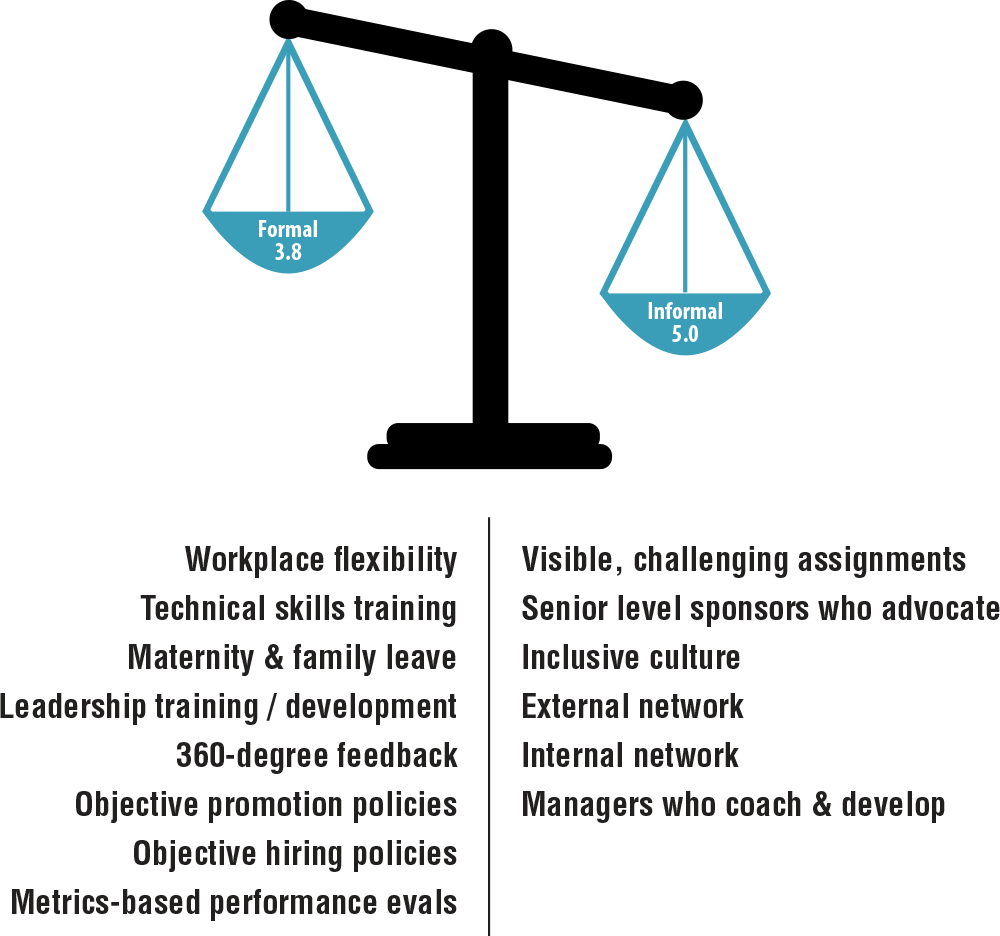
Survey respondents ranked informal approaches as more important to their career growth than formal programs. Approaches more intertwined with how work gets done were rated more important than formal or structured approaches
Visible and challenging work assignments for women should be the clear top priority for organizations going forward, ranking as number one or two in importance for nearly two-thirds of the women surveyed. Women find their pace of learning accelerates when they rise to new challenges in either full-time roles or visible projects.
High performers—those with the highest career aspirations and those currently moving into senior levels—value these types of assignments most. Among those who aspire to reach the most senior level—CEO or other C-suite positions—86 percent found visible and challenging job assignments either very important or extremely important. On the other hand, only 66 percent of women aspiring to midlevel roles found challenging job assignments to be as important.
The message is not that more formal policies and procedures do not matter; rather, it is that policies and programs alone are not sufficient. To successfully advance more women, it is essential that leaders change how they choose people for challenging assignments. Women said putting a training program in place does not lead to gender balance unless it is accompanied by meaningful change in how work gets done each day. Policies and programs are most valued when they complement and strengthen how work is assigned and how people are sponsored, mentored, and coached.
Creation of an inclusive culture where women thrive includes development of strong internal and external networks and enactment of objective hiring and promotion policies.
It is often hard to define or implement a specific kind of office culture. However, the WLI research indicates organization leaders can encourage an inclusive culture in four explicit ways. Two are to support employee efforts to develop a strong network of connections both within the organization and outside it (through mentors, professional organizations, alumni organizations, etc.). The other two ways are to implement policies that result in fair processes for both hiring and promotion, thus leveling the playing field for all employees.
Female CEOs cite developing external networks as key to their career success and say it should be a top priority going forward.
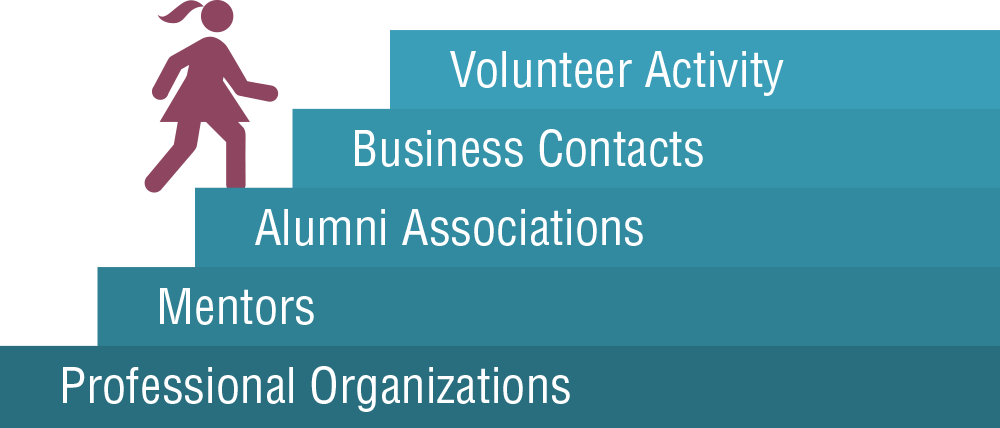
Over three-quarters of female CEOs surveyed rated external networks as very or extremely important to their career success, whereas non-CEO women ranked external networks as somewhat lower in importance. This finding suggests the power of having these external networks in place and their correlation with career success.
Family leave, rather than maternity leave, is essential to employee satisfaction for both mothers and fathers.
Among the formal approaches to developing female leaders, survey respondents ranked a flexible workplace and parental/family leave as the most important. Not surprisingly, millennials and gen Xers prioritized workplace flexibility, as many in that cohort are becoming parents.
Women consistently said that working in an environment that provides flexible scheduling is critical for long-term career commitment and success. They are eager for leaders to level the playing field in terms of the perceptions of high-performing men and women taking family leave. Provision of parental leave for both genders can mean that the time required for parenting does not fall more heavily on the shoulders of working mothers and can lead to greater gender balance at the most senior levels.
Women make up 25 percent of ULI’s membership, but only account for 14 percent of its CEOs.
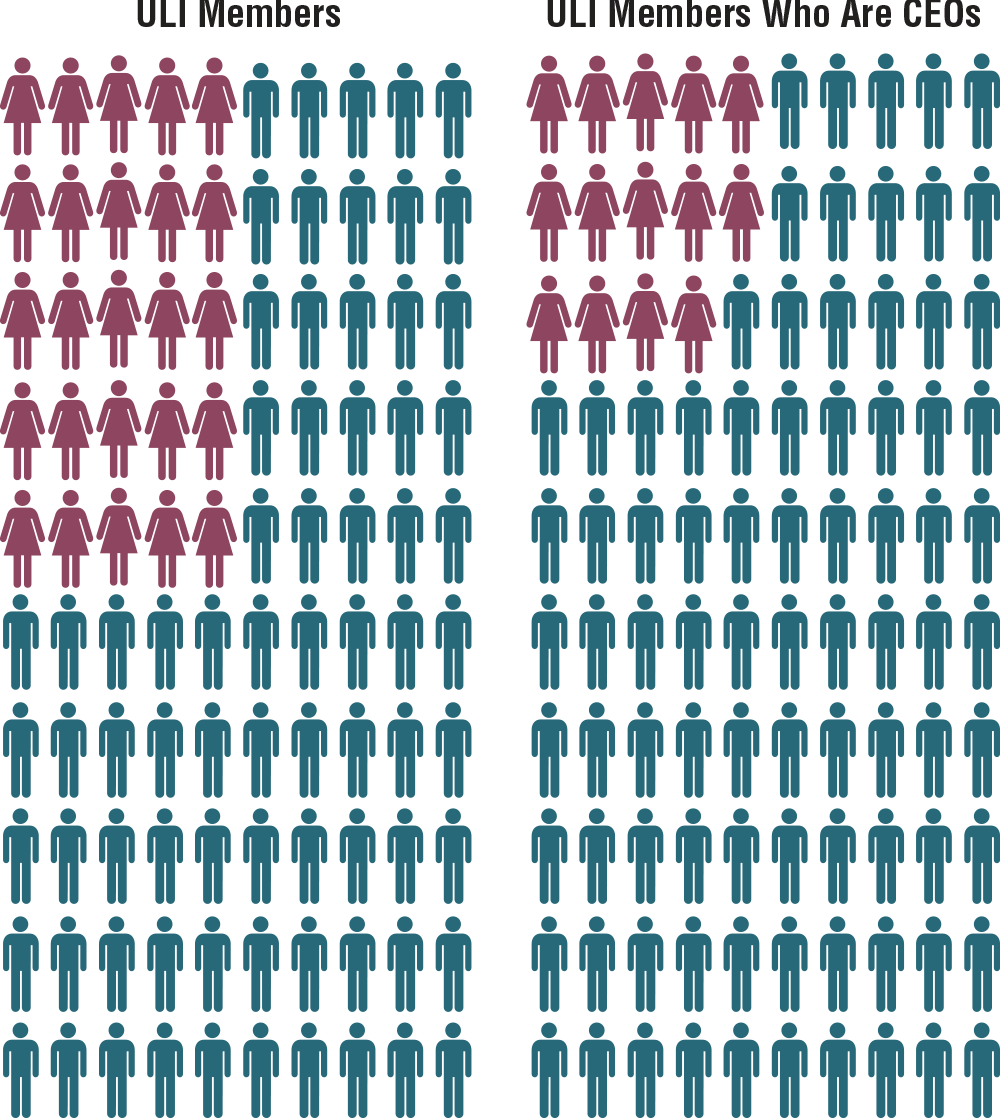
While progress has been made in the past decades in advancing women within ULI and the real estate industry overall, there is still a long way to go before gender balance is achieved at the top of real estate organizations. The first goal of WLI is to increase the number of women in the industry. Next, the number of women in leadership positions should be at least proportional to the number of women in the industry overall.
Over two-thirds of the women surveyed aspire to run an organization, and they frequently change jobs or form their own firms in order to secure greater responsibility.
Those surveyed constitute an ambitious group: 62 percent aspire to attain C-level leadership or start their own company.
Movement between firms continues throughout women’s careers. No matter their tenure in the industry, women are still likely to change jobs frequently if it means an increase in responsibility and a larger role. Whereas it is millennials who are thought to change jobs often, the survey found that 20 percent of women with over 20 years of experience and 32 percent of women with 11 to 20 years’ experience have been with their current organization for less than three years.
One-fourth of women in CEO roles are sole proprietors. It appears that women start or move to smaller firms in order to have more control over the cultural norms or in response to roadblocks preventing them from advancing in larger firms.
Of survey respondents, 93 percent of female CEOs oversee small firms with fewer than 100 employees.
With such a low number of female CEOs in the industry overall, even fewer run large firms. Of the female CEOs surveyed, only 7 percent lead organizations with more than 100 employees. As such, it is no surprise that women in real estate and land use are leaving their jobs to form their own organization in order to gain this leadership experience.
Development, architecture, professional services, and government provide the best opportunities for women to move into executive leadership roles.
According to the survey, women in C-level roles are more likely to work in development, architecture, professional services, or government. Perhaps the least intuitive inclusion on this list is real estate development, given assumptions that developers are slow to let go of their “good old boys club” nature. Leaders at some of the real estate development companies featured in the case studies Forest City Ratner and EDENS in this report point out that negotiating with numerous stakeholders while paying careful attention to details plays to the natural strengths of some women. As the field becomes increasingly complex, a niche exists for women who can diplomatically deliver a tough message to an investor one day and spend hours perfecting details in a model home the next.
Younger women at the start of their careers feel like they are progressing faster than expected, whereas midcareer women are more likely to feel stalled.
Often at the start of one’s career, promotions happen more quickly and responsibilities continue to grow as trust is built. However, this early career advancement can be followed by a period where momentum falls behind expectations. Women in midcareer say their early careers were marked by success in high-visibility assignments. As they reach midcareer, it becomes increasingly important to have senior leaders who advise them regarding career progression so they can continue to see a path forward professionally. Women also mentioned investing time in leadership roles in external networks and boards as a way to gain midcareer insights that provide a fresh perspective and on-target career advice.
The top three recommended actions that organizations can take to enable career success for women require minimal out-of-pocket expenses.
The three actions that organizations can take that have the highest effectiveness in advancing women professionally—accelerating learning through job assignments, creating the culture, and adopting a talent mind-set—come at a low cost and are affordable for firms of all sizes. However, these actions do require a commitment to honest reflection as leaders at all levels challenge each other to think and work differently. The actions do not involve the expense of training programs, but instead require that people change how they work together day in and day out.
Summary of Recommended Actions for Organizations
Organizations that are moving the needle to advance more women blend formal and informal approaches. They begin with actions that are an integral part of how work gets done each day and support those changes with strong programs, policies, and practices.
WLI recommends that organizations take the following actions:
- Accelerate Learning through Job Assignments
Think and act with an eye toward diversity when making assignments to lead high-profile projects and fill open positions. Provide coaching to those who take on new roles to promote learning. Seek a diverse pool of talent to sponsor and mentor. - Create the Culture
Develop a culture that places a high priority on internal and external networks, objective promotion, and fair hiring policies and practices—values that women rank as a high priority. - Adopt a Talent Mind-Set
Regularly engage in a robust discussion to identify a diverse pool of high-potential employees and agree on strategies for mentoring and challenging them. - Offer Workplace Flexibility for Men and Women
Provide flexible hours and family leave for men and women and create a culture that allows both genders to be involved in their lives outside of work—approaches especially important for gen X and millennial employees. - Make Mentoring and Sponsorship of Women a Priority
Foster mentoring and sponsorship of women, but be aware that gender dynamics can be a barrier to one-on-one mentoring and executive sponsorship. - Invest in Training to Drive Change
Support success on challenging work assignments by providing relevant training that includes men and women; leverage training and development activities to create a strong network of relationships within the organization that maintains the inclusive culture.
WLI invites you to explore the following components of its research:
Assessment of Approaches to Advance Women: What WLI learned about the relative success value of different approaches organizations can take to advance women.
Survey Results of Women in the Industry: Trends and insights into women at the top of organizations, as identified from survey data.
Recommended Actions for Organizations: How organizations of all sizes can combine formal and informal approaches to create lasting change.
WLI Research Approach: Details on WLI’s research approach and model.


